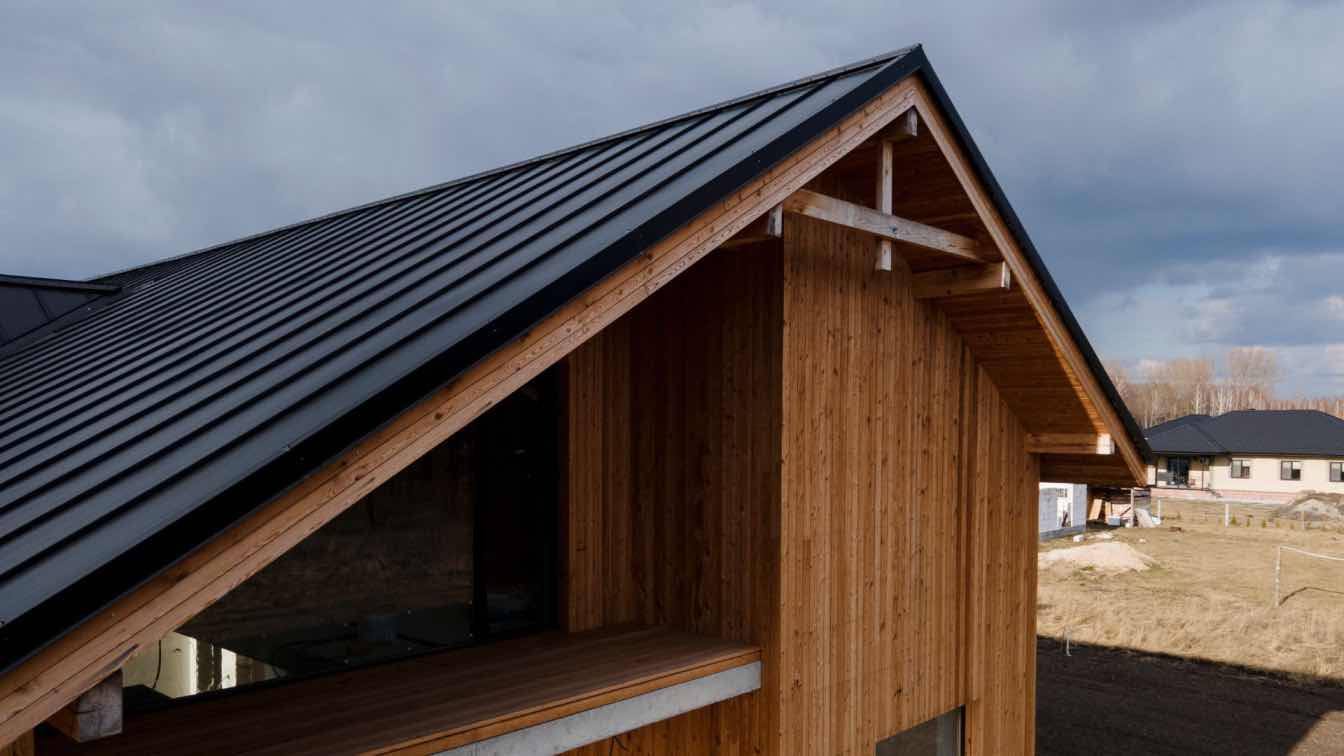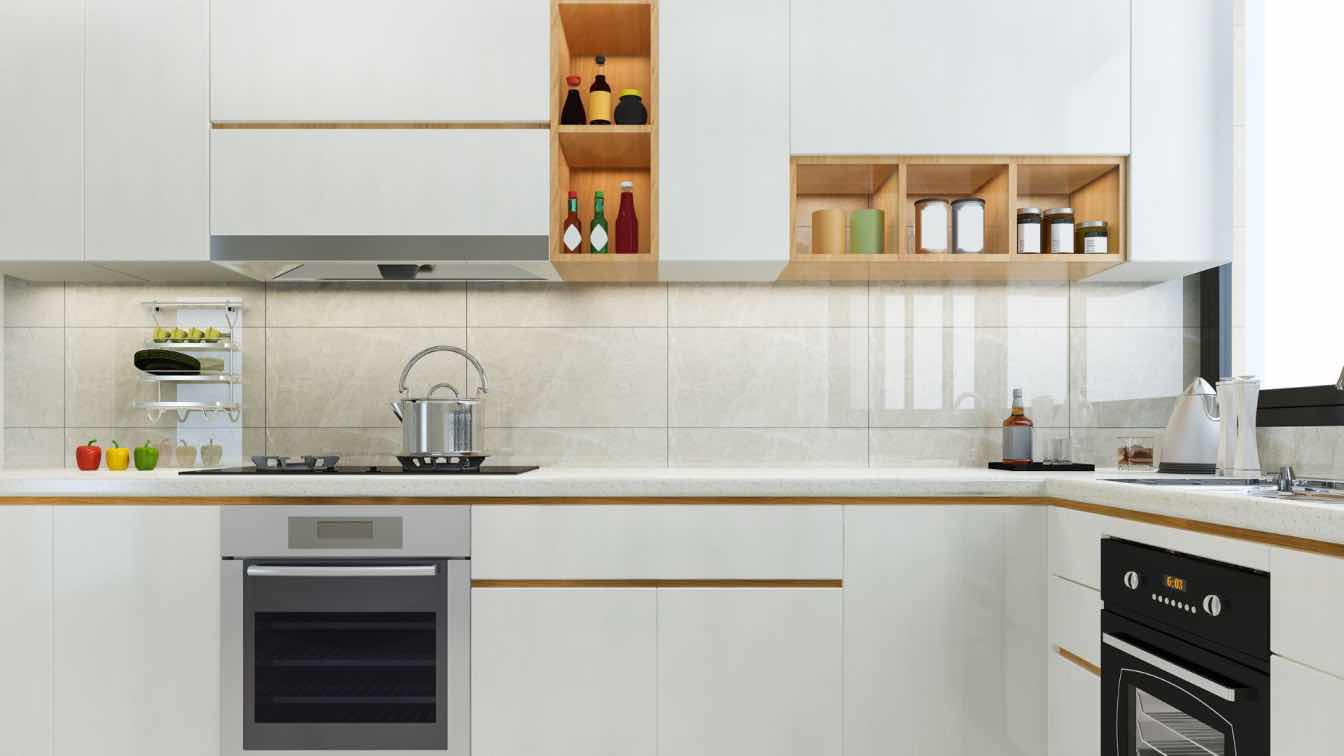Timber has never really disappeared from the architectural conversation, but its role is evolving. What was once seen primarily as rustic or traditional is now being reimagined as adaptable, purposeful, and forward-thinking. In buildings that prioritize both performance and atmosphere, timber isn’t an accent—it’s structural intent.
Architects are choosing wood not out of nostalgia, but because it fits the times. It offers warmth, material honesty, and a lower carbon footprint in an era increasingly defined by synthetic surfaces and sustainability imperatives. But designing with timber means more than selecting a beautiful material. It requires understanding how it behaves, how it ages, and how early decisions about sourcing ripple through every phase of a project.
Why Timber? Aesthetics, Performance, and Sustainability
Timber offers something rare in contemporary design: emotional clarity. It softens hard lines, adds depth to clean volumes, and brings tactility to spaces that might otherwise feel sterile. Grain, texture, and variation are integral to its language, expressive yet unornamental.
But the appeal isn’t just sensory. Timber performs. It spans generously without excess weight. It integrates with steel, glass, and concrete in hybrid structures. And with engineered systems like CLT and glulam, it scales up to meet the demands of multi-story construction.
Its environmental profile is equally compelling. Responsibly sourced timber is renewable and biodegradable. It stores carbon rather than emitting it. In projects that measure embodied energy and seek long-term environmental value, timber becomes not just viable, but essential.
Choosing the Right Timber Type
Selecting timber starts with intention. Is it structural, visible, or both? Will it encounter weather, or remain protected within the envelope? These questions drive everything from species to format.
Softwoods, such as Douglas fir and Eastern white pine, are favored for framing due to their strength, workability, and wide availability. Hardwoods such as oak, walnut, and ash lend durability and visual weight, where character is an integral part of the design narrative. Each reacts differently to time, tension, and finish.
Engineered options expand the toolkit. CLT enables large-scale applications with consistent dimensional stability. Glulam allows for expressive spans. Traditional post-and-beam systems add character with handcrafted joinery and exposed structure.
Local availability matters, but so performs. Sometimes imported timber meets project goals more precisely. Material selection is as much about behavior as appearance, and balancing both is what makes it architectural.
Sourcing Timber Responsibly
Every board has a backstory. Responsible design begins with tracing that story—understanding how the wood was harvested, processed, and transported.
For architects focused on durability and environmental integrity, certification matters. Programs like the Forest Stewardship Council provide transparency around forestry practices, ensuring that timber comes from sources that protect ecosystems and support ethical labor practices.
Sourcing locally can reduce carbon emissions and deepen a building’s regional identity. However, sometimes the right grain, span, or structural property necessitates a more comprehensive search. What matters most is clarity—knowing where the material originates and why it was selected.
A supplier well-versed in these dynamics can anticipate challenges, advise on certifications, and recommend alternatives without compromising intent. In timber construction, sourcing is not just logistics—it’s a layer of design.
The Role of the Timber Frame Supplier
Timber may be timeless, but turning it into a structure requires precision. From pre-design consultation to final delivery, the right timber frame supplier shapes more than the product—they influence the outcome.
Their early involvement helps with species selection, joinery, and connection details that align with both the aesthetic vision and structural needs of the project. They can offer insight into prefabrication strategies, span limitations, and the integration of hybrid materials, saving time and cost downstream.
Clear communication between the architect and supplier ensures tighter tolerances, fewer delays, and results that align with the drawings. A good supplier understands more than wood—they know the architectural rhythm it supports.
Design Tips for Working with Timber
Timber demands respect. Its flexibility and warmth are offset by its responsiveness to time and environment.
Movement is a natural part of its behavior. Accommodating seasonal expansion and contraction is critical—ventilation gaps, flexible joints, and the right fasteners all help maintain integrity. Fire safety also requires early attention. While timber chars predictably, code compliance hinges on dimensions, treatments, and detailing.
Material aging is another consideration. Some projects embrace the patina of weathered wood; others aim to preserve a fresh-cut look. Either way, finish selection and client education are part of the design.
And then there’s integration. Timber works beautifully alongside steel, glass, and concrete—but the transitions matter. Where materials meet, they define the spatial rhythm. Designing those moments with care is where timber becomes more than material—it becomes architecture.
Conclusion: Material with Meaning
Timber brings more than structural capacity. It adds narrative and atmosphere—qualities that define memorable architecture. Its presence signals a commitment to performance, craft, and environmental intelligence.
These outcomes depend on early decisions. Species, sourcing, and collaboration all shape how timber performs and endures—architects who treat it not as a commodity but as a design partner unlock its full potential.
For those considering structural strategies, this comparison between timber framing and conventional wood framing offers a closer examination of the differences that impact both construction and the overall experience.
Done well, timber doesn’t fill a void—it gives the space dimension, warmth, and quiet confidence.
Interlinking suggestion:





